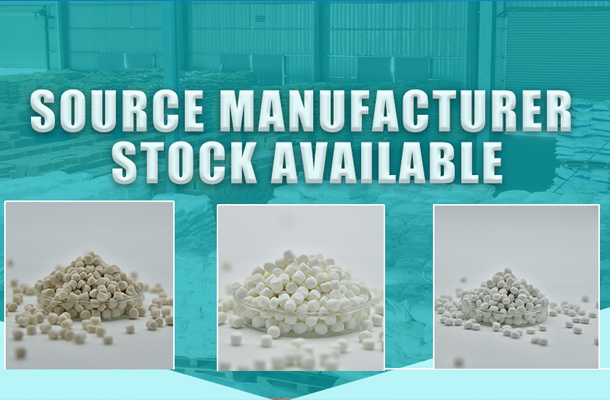Titanium dioxide (TiO₂) exists in several crystalline forms, with the two primary and most commercially significant forms being rutile and anatase. A third form, brookite, also exists naturally but is less common in industrial applications due to its lower performance characteristics compared to rutile and anatase. Here's a closer look at each type:
Rutile: Named after the mineral from which it was first extracted, rutile TiO₂ features a tetragonal crystal structure. It is characterized by its higher density, higher refractive index (approximately 2.71), and better thermal stability compared to anatase. Rutile titanium dioxide offers superior weather resistance, UV absorption, and durability, making it the preferred choice for outdoor applications such as high-performance paints, coatings, and plastics that require long-term color stability and resistance to fading.
Anatase: Anatase TiO₂ has a tetragonal crystal structure similar to rutile but with a lower refractive index (approximately 2.55). It is known for its excellent photocatalytic properties, meaning it can effectively decompose pollutants and organic materials when exposed to light, making it useful in self-cleaning coatings, air purification systems, and some antimicrobial applications. Anatase titanium dioxide is also used in indoor paints, printing inks, and certain plastics where high whiteness and dispersibility are required.
Brookite: Brookite is the least common form of titanium dioxide in industrial applications. It possesses a more complex crystal structure than rutile or anatase, with lower stability and fewer advantageous properties for commercial use. Brookite TiO₂ is not typically synthesized for specialized applications due to its inferior performance in areas like opacity, stability, and photocatalysis compared to the other forms.
In addition to these natural forms, there are also engineered or modified forms of titanium dioxide, which are designed to enhance specific properties for tailored applications. For instance, nano-sized titanium dioxide particles exhibit unique properties due to their increased surface area, which can further improve their photocatalytic activity, UV protection capabilities, or interaction with other materials in advanced technologies. However, the use of nanoscale titanium dioxide raises questions about potential environmental and health impacts that require careful consideration and regulation.








